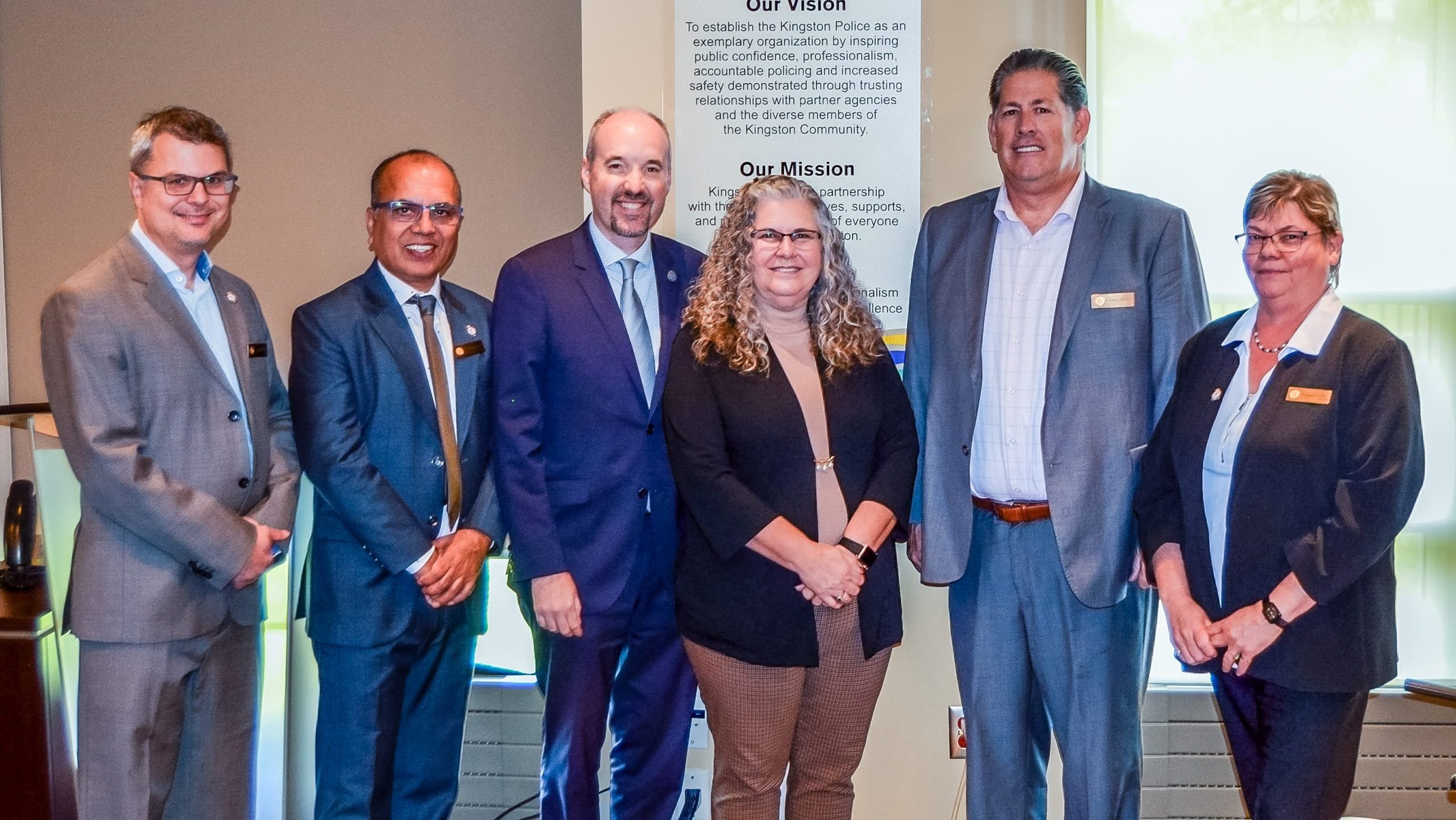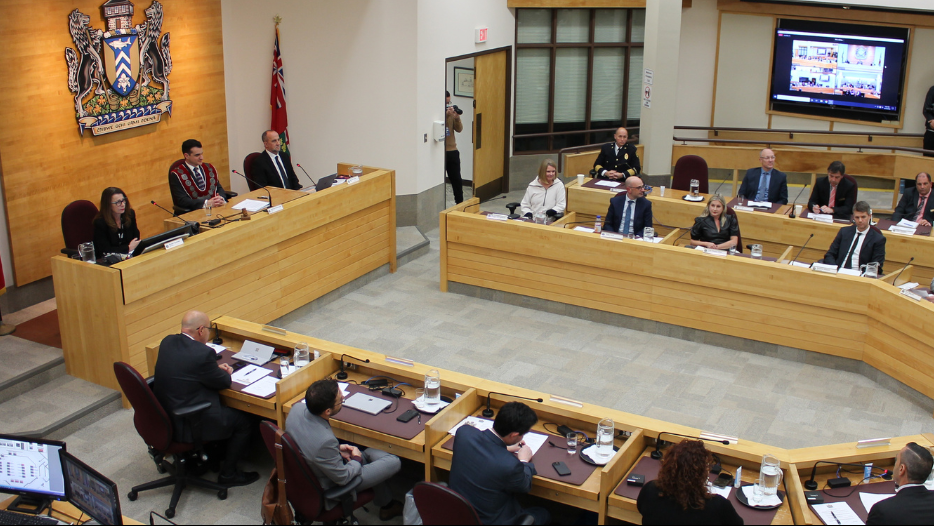What is the Committee of Adjustment?
The Committee of Adjustment is a quasi-judicial tribunal and an independent body of Council-appointed citizen members. It reviews applications for minor variances to land and building use to ensure changes are in line with the Official Plan and Zoning Bylaw and makes decisions under Section 45 and Section 53 of the Planning Act:
Powers of committee
The committee of adjustment, upon the application of the owner of any land, building or structure affected by any by-law that is passed under section 34 or 38, or a predecessor of such sections, or any person authorized in writing by the owner, may, despite any other Act, authorize such minor variance from the provisions of the by-law, in respect of the land, building or structure or the use thereof, as in its opinion is desirable for the appropriate development or use of the land, building or structure, if in the opinion of the committee the general intent and purpose of the by-law and of the official plan, if any, are maintained.
Section 45 of the Planning Act
The Planning Act requires the Committee of Adjustment to appoint a Secretary-Treasurer who in turn leads a centralized administration office where Committee staff process applications in accordance with the rules and regulations set out in the governing provincial legislation.
Committee staff are available to discuss with the public, community representatives, applicants, and authorized agents only matters related to application submission requirements or details of applications being processed. It is not the role or responsibility of Committee staff to assess the merits of an application as this is the role and responsibility of Panel Members.
Who is on a Committee of Adjustment?
Council must appoint a minimum of 3 members of their choosing:
If a municipality has passed a by-law under section 34 or a predecessor of such section, the council of the municipality may by by-law constitute and appoint a committee of adjustment for the municipality composed of such persons, not fewer than three, as the council considers advisable.
Section 44 of the Planning Act
What is the Committee of Adjustment responsible for?
It exercises its independent statutory power of decision in accordance with the Statutory Powers Procedure Act on the following applications:
- Applications for minor variances in the Zoning By-law
- Permit enlargements, extensions, or changes to legal non-conforming uses
- Give consent to sever a parcel of land into more than one lot, or as a lot addition to abutting properties
- Give consent to mortgages (or charges) on part of a property, or partial discharge of mortgages (or charges)
- Issue certificates of validation
- Give consent to create easements and grant leases for a period of 21 years or more
Consent for Land Severance
- New lot creation
- Lot addition or lot line change
- Consent to mortgage
- Consent to lease
- Consent to create a shared right-of-way.
In evaluating applications for Consent, the committee must consider:
- Conformity with Provincial policies, plans and regulations;
- Conformity to Official Plan policies;
- Compliance with the Zoning By-law or, where a Minor Variance is applied for, maintaining the intent of the Zoning By-law;
- The appropriateness of the size and configuration of the proposed lot for the land use;
- Availability of access to and frontage on a municipal road;
- The adequacy of water and wastewater services;
- The location and characteristics of the property;
- The conservation and protection of natural resources; and
- The impact upon the current and future use of surrounding properties.
Minor Variances
The Zoning By-laws regulate how land and buildings are used and where buildings and structures can be located. The zoning by-law also specifies lot sizes and dimensions, parking requirements, building heights and other provisions. Minor Variances are intended to address small, technical changes to the Zoning By-law, and provides relief from a specific Zoning By-law requirement, excusing a property owner from meeting the exact requirements of the By-law.
The Committee must ensure that the variances, if approved, satisfy the following:
- Generally maintains the intent and purpose of the Official Plan or Secondary Plan where applicable;
- Maintains the intent and purpose of the Zoning By-law;
- Are considered to be a “minor” change from the zoning requirements; and
- Are desirable for the appropriate development or use of the land, building or structure.
The Committee of Adjustment also:
- Considers appeals of a property standard order including the authority to confirm, modify or quash an order and/or extend the time for complying with the order.
- Arbitrates disagreements between adjoining owners where they cannot agree over the maintenance or reconstruction of a line fence which marks the boundary between an owner’s land and the adjoining lands. (Thurlow Ward only)
The goals and purpose of the Committee of Adjustment are to:
- Hear presentations from property owners, applicants, or authorized agents,
- Hear and consider public input; and,
- Make informed decisions on the following Planning Act
What laws govern a Committee of Adjustment?
Committee of Adjustment meetings must be open to the public (as with all municipal committee meetings), with some exceptions.
If you believe that a meeting was closed to the public improperly (ie. the reason doesn’t fall within one of the 14 exceptions), you can submit a complaint to the Ontario Ombudsman.



Comments
We want to hear from you! Share your opinions below and remember to keep it respectful. Please read our Community Guidelines before participating.